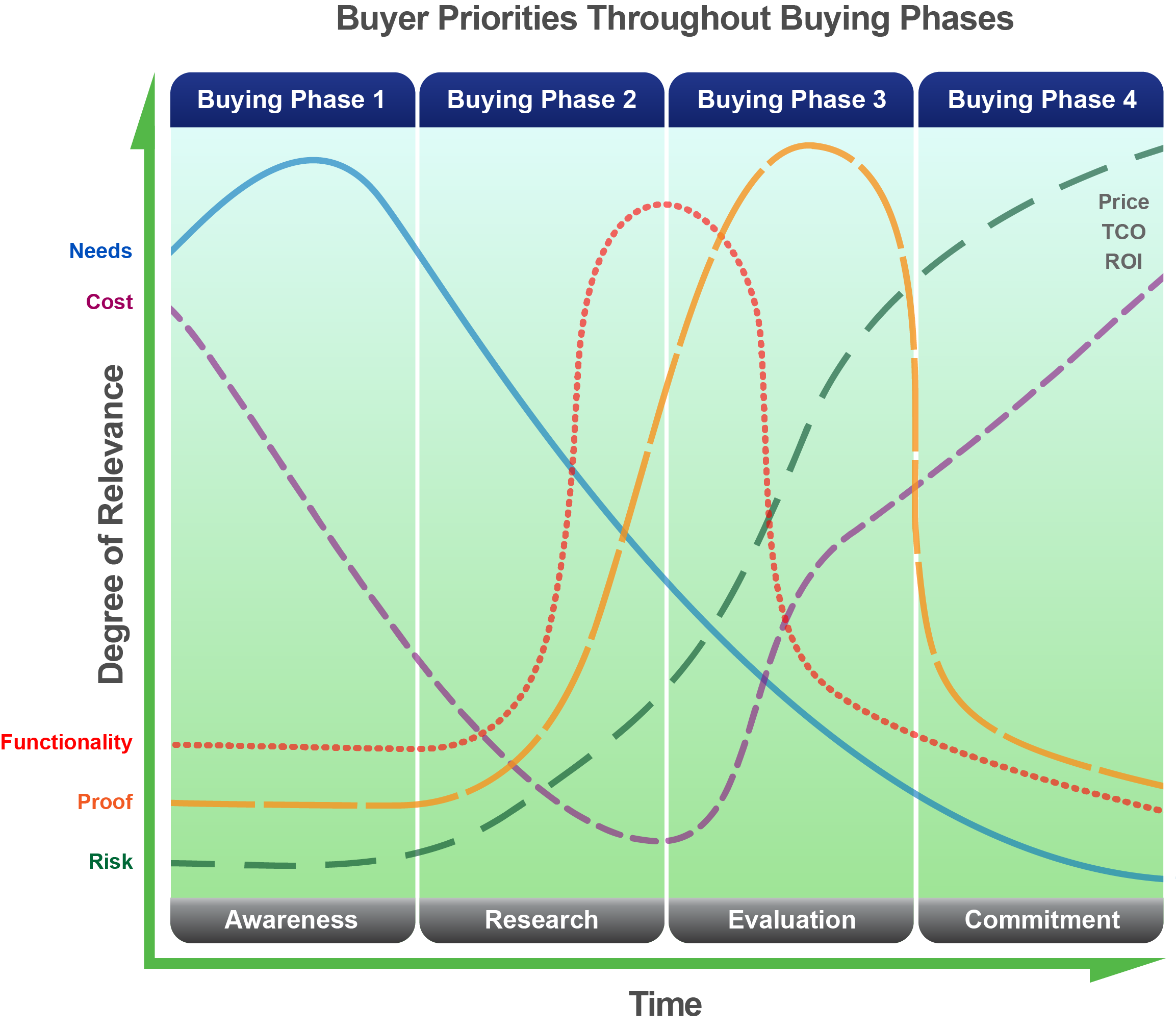
Content marketing and thought leadership’s main objective is to build confidence and trust in your organization through each step in the buying process. By the end of the buying journey, prospects should view your organization not just as a vendor, but as a trusted advisor and partner. Companies that effectively engage with prospects in this way gain a significant and lasting competitive advantage over firms that don’t.
The Difference Between Thought Leadership and Content Marketing
There are significant differences between content marketing and thought leadership.
Content marketing helps buyers understand their business needs and your solutions’ value. It should generate demand for the capabilities you offer today or will be able to deliver within the span of a typical buying cycle. Otherwise, you risk setting buyer expectations too high, potentially making it difficult for your sales team to close near-term deals.
There are significant differences between content marketing and thought leadership.
Thought leadership helps drive change through changing the way people THINK about certain issues. It might change the approach for solving a common problem. It might help develop awareness of previously unrecognized needs or new technological advances. Think of thought leadership as a longer-term play, because it has to do with setting vision for an industry. It can be leveraged in a content marketing strategy, but always make clear the context of what your solution can realistically deliver within a typical buying cycle. (Read more about our thought leadership services here.)
Both thought leadership and content marketing can be delivered via multiple channels and formats. This may include white papers, research studies, reports, articles, or speaking engagements.
Shifting Buyer Priorities
As your buyers pass through the various buying stages, their priorities shift, and their information needs change. A solid content marketing strategy needs to take this into account, providing materials to answer buyer questions and mitigate anxiety at each step in the process.
The diagram below shows how buyer priorities shift as they go through the buying process. Initially, they’re primarily concerned with understanding their business problems and needs. Cost is a factor. But at this point, prospects are just deciding whether the problem is worth solving. Later, they’ll make more granular comparisons based on price.
Once needs are clear, buyers’ interest in specific functionality rapidly escalates. Nearly simultaneously, they begin to demand proof that the product works as described.
Then, as they become convinced that they’ve found an option or options that will meet their needs, risk and total cost loom large in their priorities.
Buyers need different kinds of content at each stage.
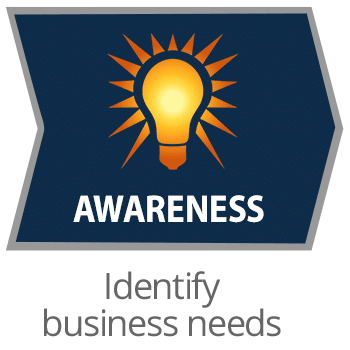 | Phase 1: Awareness Early in their process, prospects need help understanding and articulating their business pain. They need to recognize the root causes and be convinced that there are ways to solve the problems. Here, the customer’s needs are the key priority. Iån addition, they need to get a rough idea of costs before they decide to commit the resources to the research and evaluation process. Note that in the above chart, the “Needs” arc peaks in this phase). |
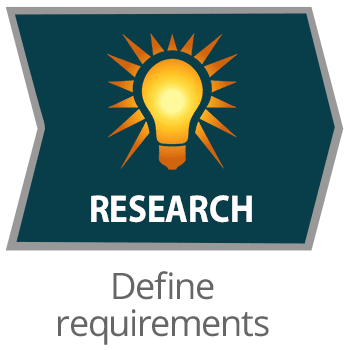 | Phase 2: Research Once prospects understand their business needs, they need help to research potential solutions. They must evaluate how different approaches would impact their organization and business processes. Here, content must convey a detailed vision of a solution, preferably a vision that only your solution can deliver. |
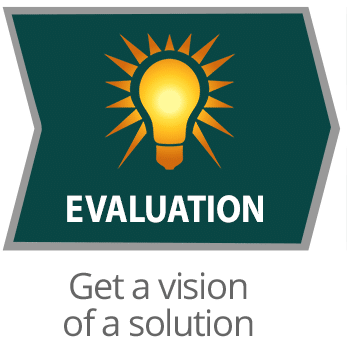 | Phase 3: Evaluation In the evaluation stage, your prospect becomes serious about vendor and product selection. So, your content should provide guidance on the type of functionality that should be a minimum expectation in any product. Your content marketing should be customer-centric, focusing on needs and capabilities from your prospect’s point of view – not your product features. Your thought leadership program to build trust in your company’s approach and long-term vision. |
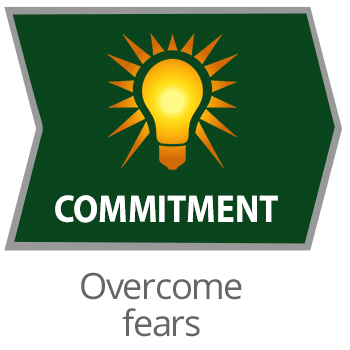 | Phase 4: Commitment During the commitment stage, risk management escalates in importance. This is where fear and anxiety of making a poor decision starts to take center stage. The purchase decision is likely to have a significant impact on the buyer’s company, as well as the buying committee’s standing within the firm. Here you might educate the prospect on implementation strategies, preparation steps they need to take, problems other clients have encountered and how they overcame the issues. Assure them that you have the resources, expertise and vision to be both a good short- and long-term partner. |
Explore This Topic Further
But a content marketing strategy needs to go further than just awareness campaigns. It needs to support every stage in the buying process. It’s about facilitating the buying process.


